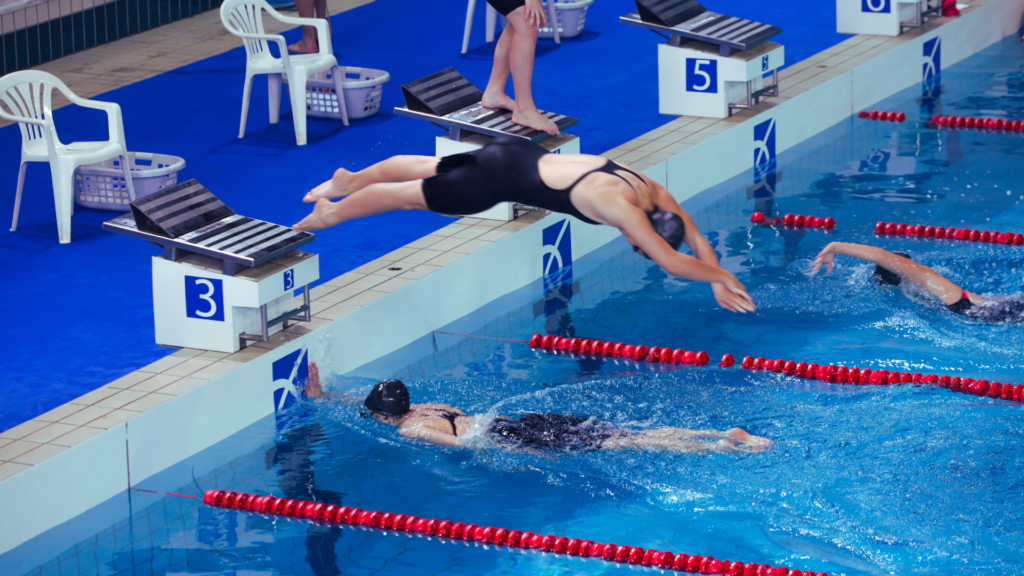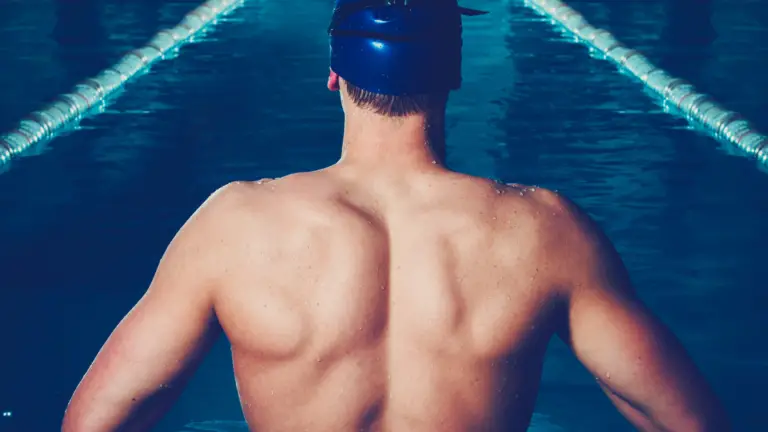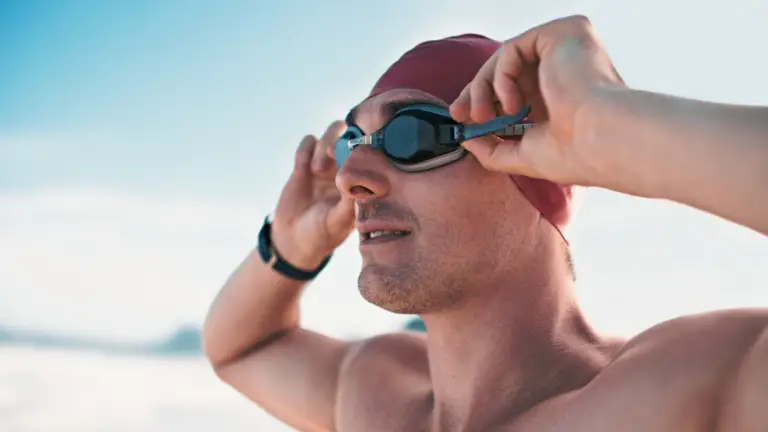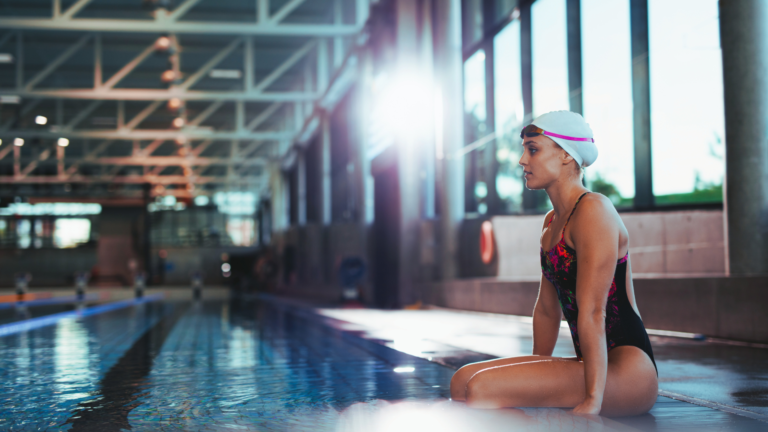The Olympic Games is not just a sporting event; it’s a global spectacle that brings together the world’s finest athletes to celebrate strength, skill, and endurance. Among the myriad of sports that grace this prestigious stage, swimming holds a special place. The pool is where legends are born, records are shattered, and the human spirit is tested to its limits. But what swimming events are in the Olympics? Let’s dive in!
A Brief History of Swimming in the Olympics
Swimming has been a cornerstone of the Olympic Games since its inception in 1896. However, due to logistical issues, swimming events were not included in the first games held in Athens. It was not until the 1904 Olympics in St. Louis that swimming took its rightful place in the Olympic schedule.
In the early days, swimming competitions were held in open water. The 1900 Paris Olympics saw swimmers competing in the icy waters of the Seine River. The first Olympic swimming champion, Alfred Hajos of Hungary, famously described his experience in the 100m freestyle event as a fight for survival against the elements rather than a race.
The 1904 Olympics marked a significant milestone in the history of Olympic swimming. It was the first time that the events were held in a pool, albeit a makeshift one. The pool was built in an artificial lake, and the swimmers had to contend with the muddy bottom and the lack of lane markings.
Over the years, the sport has evolved significantly. The introduction of proper pools with marked lanes, the use of starting blocks, and the development of advanced training techniques and new swimwear designs have all contributed to the progression of the sport.
The range of events has also expanded over time. The 1904 Olympics featured only freestyle and backstroke events for men. The breaststroke was introduced in the 1908 London Olympics, and the butterfly stroke made its debut in the 1956 Melbourne Olympics. Women’s swimming events were added to the Olympics in 1912, and the program has continued to grow ever since.
The 2020 Tokyo Games introduced mixed-gender relay events, adding a new dimension to the sport. The 2024 Olympics are set to continue this tradition, promising an exciting showcase of swimming talent.
The history of swimming in the Olympics is a testament to the enduring appeal of the sport. From the open waters of the Seine to the state-of-the-art pools of today, swimming has always been a highlight of the Olympic Games. It’s a sport that combines physical prowess, technical skill, and mental toughness like no other. And as we look forward to future games, we can be sure that swimming will continue to captivate audiences around the world.
The Diversity of Olympic Swimming Events
The Olympic swimming events are a testament to the diversity and complexity of the sport. They showcase the breadth of skills and techniques that swimmers must master and the sheer physical and mental strength required to compete at the highest level.

Swimming in the Olympics is not just about individual glory. It’s also about teamwork, strategy, and the thrill of the relay races. These events bring together teams of swimmers, each contributing their speed and skill to the collective effort.
The four strokes that form the backbone of competitive swimming – the breaststroke, butterfly, backstroke, and freestyle (or crawl) – each have their own individual and medley events. These strokes, each with their unique rhythm and technique, offer a fascinating variety of challenges for the swimmers.
Here’s a brief overview of the different swimming events you can expect to see at the Olympics:
- Freestyle: This is the fastest of the four strokes and is used in more events than any other stroke. Distances range from the adrenaline-fueled 50m sprint to the grueling 1500m, often referred to as the “marathon of the pool.”
- Backstroke: Swum entirely on the back; this stroke offers events at 100m and 200m.
- Breaststroke: Known for its distinctive “frog kick,” breaststroke events are held at 100m and 200m.
- Butterfly: Perhaps the most physically demanding stroke, butterfly races are held at 100m and 200m.
- Medley: This event combines all four strokes in one race. Swimmers begin with butterfly, then backstroke, breaststroke, and finally freestyle. Individual medleys are held at 200m and 400m, with a 4x100m medley relay.
- Relays: These are team events, with each swimmer in the team swimming a portion of the race. The Olympics feature 4x100m and 4x200m freestyle relays, as well as a 4x100m medley relay.
- Open Water: A 10km marathon held in open water like a sea or a lake. This event was added to the Olympic schedule in 2008.
The 2024 Olympics promise to be an exciting showcase of swimming talent, with athletes from around the world competing in these events. Whether you’re a seasoned swimmer or a casual fan, there’s something incredibly captivating about watching the world’s best swimmers push their limits in the pursuit of Olympic glory.
Individual Swimming Events
The individual swimming events at the Olympics are a true test of a swimmer’s speed, endurance, and technique. Each event showcases a different aspect of the sport, from the explosive power of the sprints to the strategic pacing of the longer distances. Let’s dive into the details:
Freestyle Events
The freestyle events are where you’ll see some of the fastest swimming in the Olympics. These races are all about speed and power, with swimmers using the crawl stroke to propel themselves through the water as quickly as possible. The events include:
50m Freestyle: Known as the “splash and dash,” this is the shortest and fastest event in the pool. Every millisecond counts!
100m Freestyle: This is often considered the blue-ribbon event of swimming. It’s a thrilling blend of speed and strategy.
200m Freestyle: This event requires a balance of speed and endurance. It’s a test of a swimmer’s ability to pace themselves effectively.
400m, 800m, and 1500m Freestyle: These are the long-distance events of the pool. They demand incredible endurance and mental toughness from the swimmers.
Breaststroke Events
The breaststroke is a unique stroke known for its distinctive technique. It requires excellent timing and coordination. The events include:
100m Breaststroke: This is a sprint event in the breaststroke. It requires explosive power and flawless technique.
200m Breaststroke: This event requires a blend of speed, power, and endurance. It’s a true test of a swimmer’s breaststroke skills.
Butterfly Events
The butterfly is often considered the most physically demanding stroke. It requires great strength and coordination. The events include:
100m Butterfly: This is a sprint event in the butterfly. It’s all about power and speed.
200m Butterfly: This event requires a combination of speed, power, and endurance. It’s a true test of a swimmer’s butterfly skills.
Backstroke Events
Swum entirely on the back, this stroke requires excellent spatial awareness and technique. The events include:
100m Backstroke: This is a sprint event in the backstroke. It requires speed and precision.
200m Backstroke: This event requires a blend of speed, power, and endurance. It’s a true test of a swimmer’s backstroke skills.
Individual Medley Events
The individual medley is a test of a swimmer’s versatility and endurance. It combines all four strokes in one race. The events include:
200m Individual Medley: Swimmers must perform 50m of each stroke in the following order: butterfly, backstroke, breaststroke, and freestyle.
400m Individual Medley: This event doubles the distance of the 200m IM. It’s one of the most grueling events in the pool.
Team Relay Races in the Olympics

The team relay races are some of the most exciting events in Olympic swimming. They bring together teams of swimmers, each contributing their speed and skill to the collective effort. The relay events include:
4x100m Freestyle Relay: Each swimmer swims 100m of freestyle. It’s a thrilling race that combines speed, strategy, and teamwork.
4x200m Freestyle Relay: This event doubles the distance of the 4x100m relay. It requires a blend of speed, endurance, and strategic pacing from each team member.
4x100m Medley Relay: This event showcases all four strokes. Each swimmer swims 100m of one stroke in the following order: backstroke, breaststroke, butterfly, and freestyle. It’s a true test of a team’s versatility and coordination.
Whether you’re a fan of the explosive power of the sprints, the strategic pacing of the longer distances, or the thrilling teamwork of the relays, there’s something for everyone in the Olympic swimming events.
FAQs
Conclusion
The swimming events at the Olympics are a thrilling spectacle of speed, power, and endurance. They showcase the very best of what humans can achieve in the water, from the explosive sprints to the grueling long-distance races.
The pool is where legends are made, where records are shattered, and where the spirit of competition shines brightest. From the iconic 100m freestyle to the intense relay races, every event is a testament to the skill, dedication, and passion of the athletes.
Olympic swimmers like Michael Phelps, Katie Ledecky, and Caeleb Dressel have left their mark on the sport, setting records that testify to their incredible talent and hard work. Their performances have captivated audiences around the world, inspiring a new generation of swimmers to dive in and chase their dreams.
So whether you’re a seasoned swimmer, a casual fan, or a newcomer to the sport, I encourage you to tune in to the Olympic swimming events. Witness the drama, the intensity, and the sheer joy of competition. You’ll be amazed at what these athletes can do in the water. And who knows? You might even be inspired to take the plunge yourself!






